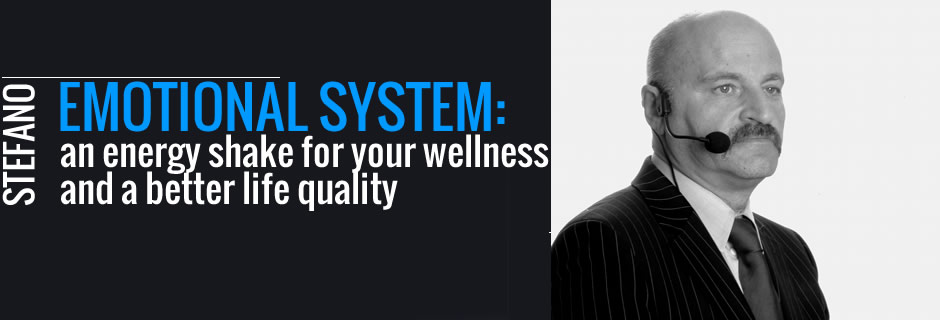RECRUITMENT
 This programme is for recruitment and gives you the competences to understand the ability of a candidate in accordance to their future role, to ensure they become part of the company structure and of the interactive dynamics of the existing work team .
This programme is for recruitment and gives you the competences to understand the ability of a candidate in accordance to their future role, to ensure they become part of the company structure and of the interactive dynamics of the existing work team .
The tools learned during our training modules that make our courses unique and original compared to all other courses, allow the recruiter to understand, apart from the professional competences of the candidate, their real motivational needs, if they prefer team work or individual work, who are the most suitable colleagues needed to work with them to make them become part of the company, which behavioural obstacles could lower their performance. In this way the best person will be assigned to the right position.
OBJECTIVES
In order to obtain specific competences for an efficient and focused recruitment you need to know, from our point of view, the characteristics of behavioural types that, once conveniently classified, will allow you to understand the behavioural models of our speaker, as well as the emotional non-verbal communication to be used as a feedback in order to carry out the right checks.
PROGRAMME
First day- Definition of “parent and self-centred” behavioural types, symbolically defined bar, circle and triangle.
- Definition of the dystonic types “to be” and “to have”.
- Behavioural characteristics of the types bar, circle and triangle, the dystonic types to be/to have of the candidate in relation to the tasks and the role they will have within the company.
- Identification of possible behavioural problems, of bad habits or anything else that could affect performance and motivation at work.
- Analogic criteria to verify verbal and non verbal answers on professional competences and on the personal profile through the non-verbal communication signs map.
- Analogic signs of “tension” unloading, satisfaction, denial, lie.
- Practical work.
- How to organise the advertisement for recruiting according to the position to cover.
STRUCTURE OF THE COURSE
- The course will last 1 or 2 days of 7 didactical hours each, divided between theory and practice.
- Number of participants: from 15 to 20





